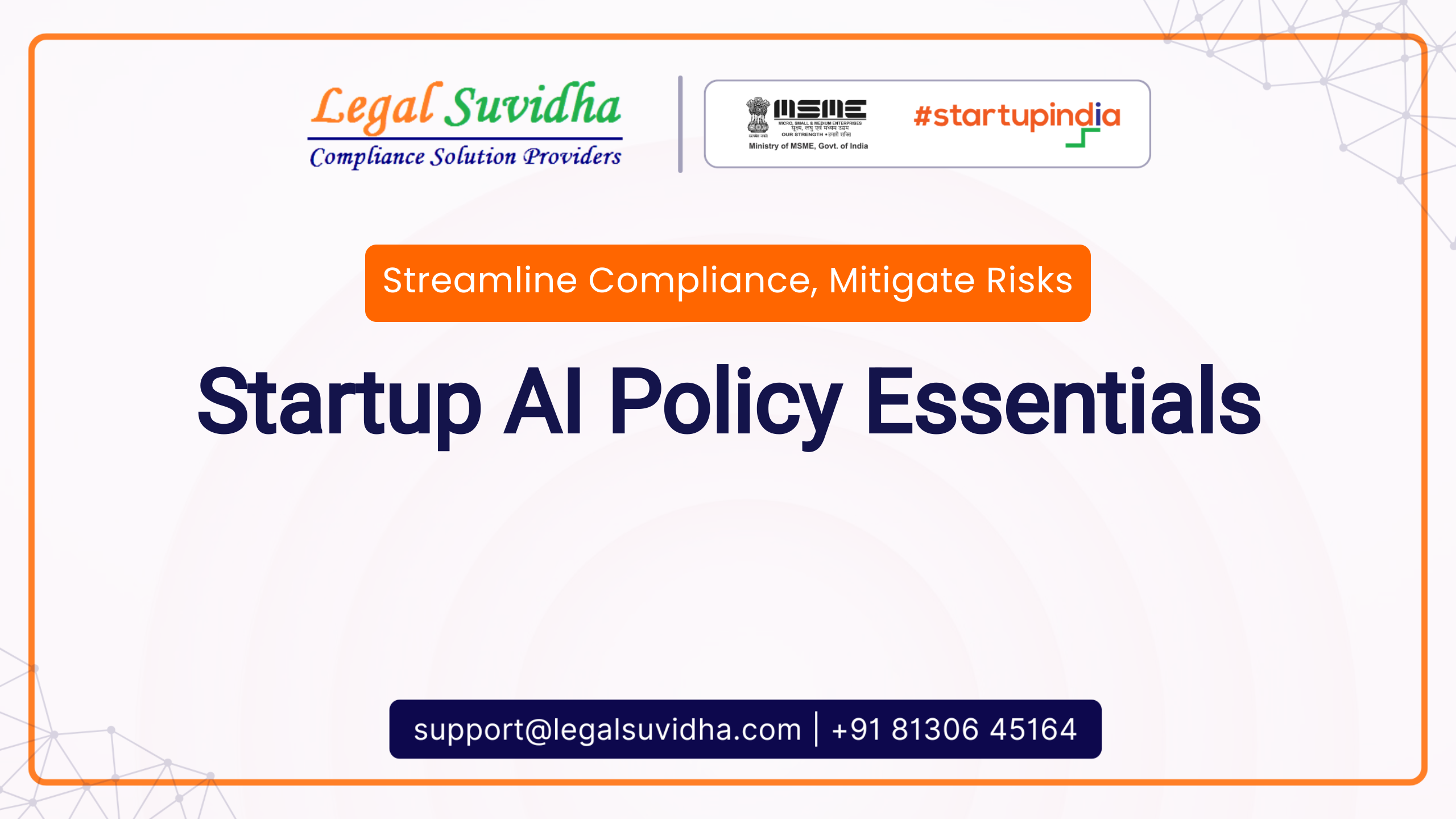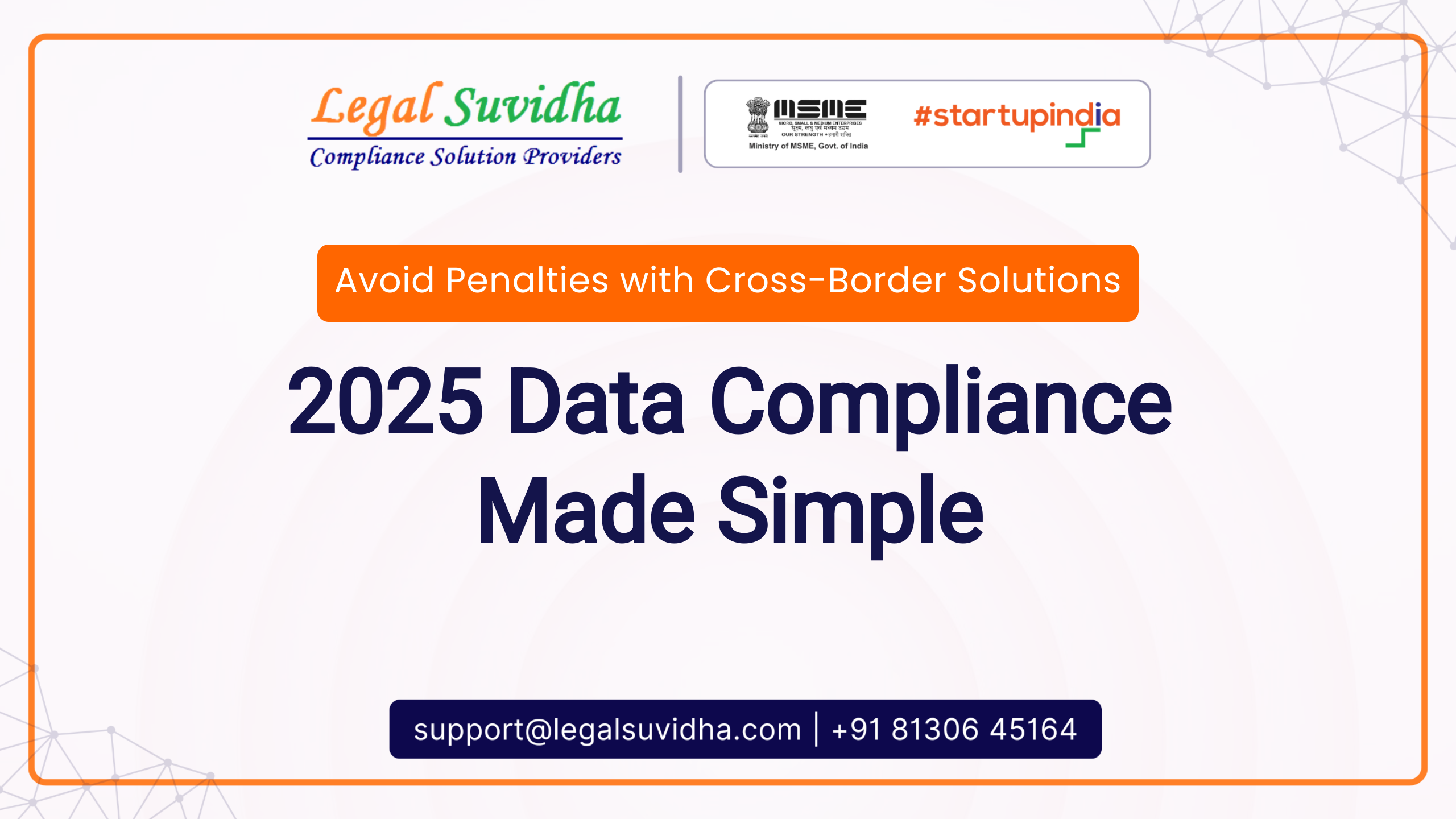Form 10 is used for the purpose of granting approval to a trust, institution or fund to be eligible for tax exemption under various sections of the Income Tax Act.
To obtain approval for tax exemption, the trust or institution must file Form 10 along with other required documents and information to the Income Tax department. The form must be filed within the prescribed time limit, which is generally before the end of the financial year in which the trust or institution was created.
It is important to ensure that all the information and documents provided in the form are accurate and complete, as any discrepancies or errors can result in the rejection of the application for tax exemption.
Once the Income Tax department approves the application, the trust or institution will be eligible for tax exemption under the specified sections of the Income Tax Act, subject to certain conditions and limitations.
Reason for submitting Form 10
To qualify for an exemption under Section 11 of the Income Tax Act, a Trust or Institution must utilize 85% of its income from the previous year, earned in accordance with Sections 12AA or 12AB of the Act, solely for the charitable purposes for which it was registered. However, if the Trust or Institution fails to apply 85% of its income during the prior year, it can still set aside some or all of its income for application to certain objects in a later assessment year, subject to certain conditions. In such cases, the income set aside will not be included in the Trust or Institution’s total income.
Finance Act of 2022 Amendment
The Finance Act of 2022 introduced changes to Form No. 10, effective from April 1, 2023, which applies to the following entities:
- All funds, institutions, trusts, universities, educational institutions, hospitals, and medical facilities listed in subclauses (iv), (v), (vi), (via), and (via) of Section 10(23C) (clause (a) of Explanation 3 to Section 10(23C)’s third proviso).
- Trusts and institutions registered under Sections 12AA and 12AB of the Act (clause (a) of Subsection (2) of Section 11).
The amendments require the aforementioned entities to disclose the following information in Form No. 10:
- Details of the funds set aside or collected, if any, during the previous year for application to the objects for which registration was granted but not utilized for such purposes.
- Information on the application of funds set aside or collected during the previous year for the objects for which registration was granted, but not utilized for such purposes, in the subsequent assessment year.
These changes aim to increase transparency and ensure compliance with international tax regulations, particularly for cross-border transactions. The amendments will help the government track and monitor tax transactions more effectively, which will aid in the prevention of tax evasion.
Explanation 3 of Section 10(23C)
If a fund, institution, trust, university, educational institution, hospital, or medical institution listed in subclauses (iv), (v), (vi), (via), and (via) of Section 10(23C) of the Income Tax Act fails to apply at least 85% of its income from the prior year towards the objects for which it was registered, but instead accumulates or sets aside some or all of it for application towards those objects in subsequent assessment years, then such accumulated or set-aside income will not be included in the total income of the previous year of the recipient of the income. However, this exemption is subject to certain conditions:
- A statement must be furnished in Form No. 10 to the assessing officer stating the purpose for which the income is accumulated or set apart, and the period of accumulation shall not exceed five years (subject to a proviso).
- The amount so accumulated or set apart shall be invested or deposited in the forms or modes specified in sub-section (5) of Section 11 of the Act.
- Form No. 10 shall be filed on or before the due date of filing the Income Tax Return as specified under sub-section (1) of Section 139.
These provisions have been introduced through changes made to Form No. 10 by the Finance Act of 2022, effective from April 1, 2023, for the assessment year 2023-24. They are applicable to all institutions and trusts registered under Sections 12AA and 12AB of the Act, in addition to those listed in subclauses (iv), (v), (vi), (via), and (via) of Section 10(23C) of the Act.
CONSEQUENCES OF VIOLATING THE ABOVE-STATED CONDITIONS
The amount accumulated or set apart for application to objects in subsequent assessment years, if not utilized or invested in accordance with the provisions of the Income Tax Act, will be deemed as the income of the previous year in which it is applied for purposes other than the objects for which the fund or institution or trust or any university or other educational institution or any hospital or other medical institution is established. The following conditions must be met to avoid this deemed income scenario:
- The accumulated amount must be applied wholly and exclusively to the objects for which the fund or institution or trust or any university or other educational institution or any hospital or other medical institution is established.
- The accumulated amount must remain invested or deposited in any of the forms or modes specified in sub-section (5) of section 11.
- The accumulated amount must be utilized for the purpose for which it is accumulated or set apart during the period of 5 years.
- A statement must be furnished in Form No. 10 to the assessing officer stating the purpose for which it is accumulated or set apart and the period of accumulation shall not exceed 5 years.
If any of the above conditions are not met, the accumulated amount will be deemed as the income of the previous year in which it is applied or ceases to be so accumulated or set apart or ceases to remain so invested or deposited or credited or paid, or, as the case may be, of the previous year immediately following the expiry of the period aforesaid.
If You have any query then connect with us at [email protected] or you can contact us & stay updated with our latest blogs & articles.









